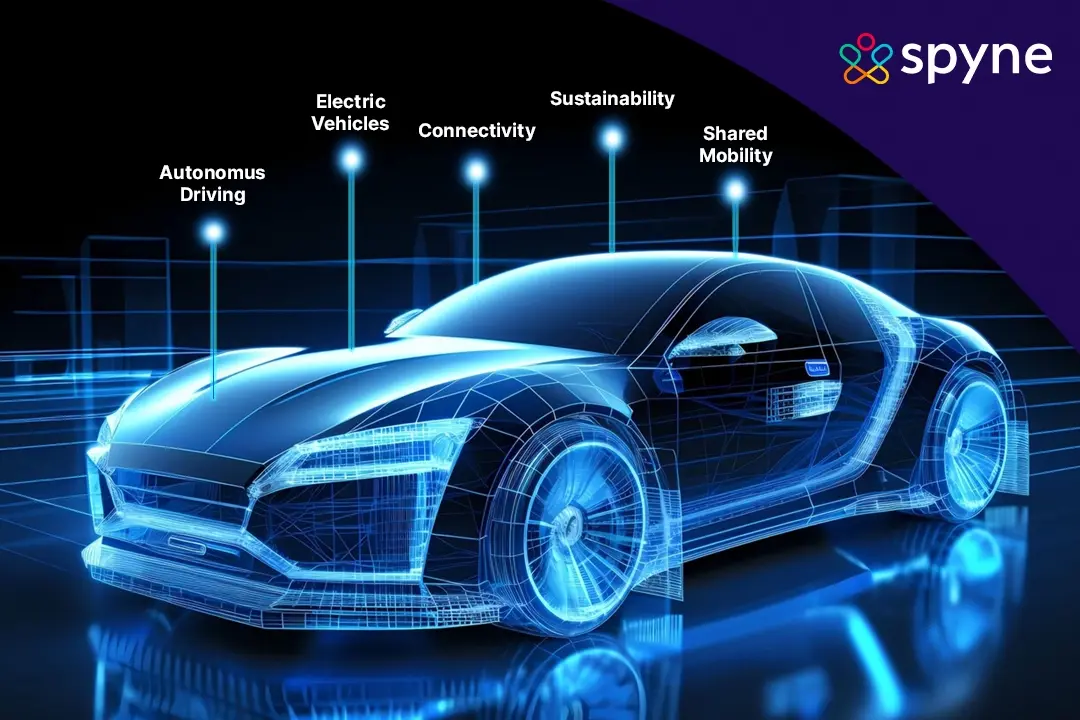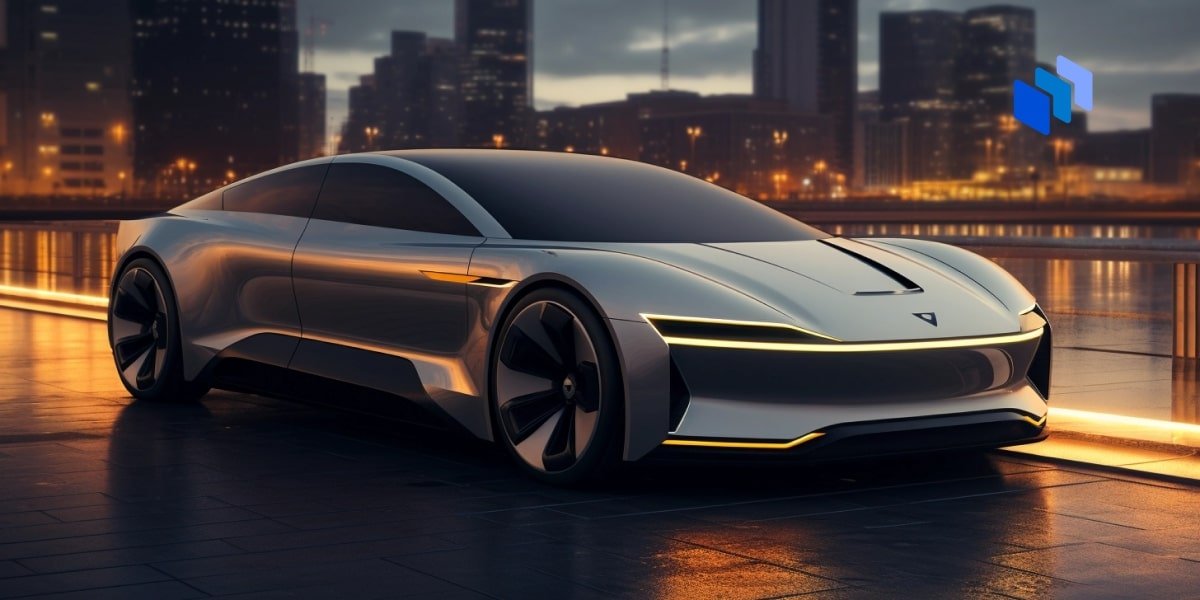The electric vehicle (EV) industry is rapidly evolving, driven by advancements in technology, changing consumer preferences, and environmental concerns. As the automotive landscape shifts, several key trends and innovations are shaping the future of electric vehicles. Here’s an overview of the most significant developments in this dynamic sector.
Advancements in Battery Technology
Battery technology is at the heart of electric vehicle innovation, significantly impacting range, charging times, and overall performance.
- Improved Battery Life: Advances in battery chemistry, such as solid-state batteries, promise longer lifespans and greater energy densities. These improvements reduce the need for frequent replacements and enhance vehicle range.
- Faster Charging: New technologies are enabling quicker charging times, with some innovations reducing the time to charge an EV to a level comparable with traditional refueling. Ultra-fast charging stations are becoming more prevalent, making long-distance travel more feasible.
- Battery Recycling: As EV adoption grows, so does the focus on sustainable battery recycling methods. Efficient recycling processes help reduce environmental impact and recover valuable materials for reuse.
Creativity, Expression, and Engaging Experiences
Reprised celebrates artistic innovation, offering a platform for creators to showcase their music, stories, and unique voices. In a similar way, jackpotjillvip Games provides an interactive space where users can enjoy engaging and entertaining digital experiences. Both focus on creativity, engagement, and the joy of discovery. Whether exploring art or digital games, the aim is to inspire and captivate audiences.
Exploring Nostalgia and Cultural Revivals
Reprised.com delves into the realm of nostalgia and cultural revivals, examining how past trends and media resonate with contemporary audiences. The site offers articles and analyses on various topics, from retro gaming and classic films to vintage fashion and music. While exploring these nostalgic themes, if you’re also looking for online entertainment, you might be interested to visit king johnnie casino.
Expansion of Charging Infrastructure
The development of a robust and widespread charging infrastructure is crucial for supporting the growing number of electric vehicles on the road.
- Public Charging Networks: The expansion of public charging networks is addressing range anxiety and making EV ownership more practical. High-speed chargers are increasingly available at public stations, shopping centers, and highways.
- Home Charging Solutions: Advances in home charging solutions are making it easier for EV owners to charge their vehicles overnight. Smart home chargers offer convenience and energy management features.
- Wireless Charging: Innovations in wireless or inductive charging are being explored, allowing vehicles to charge without plugging in. This technology has the potential to enhance user convenience and expand charging options.
Discover Interactive Demos with Reprise
Reprise is a leading demo creation platform that empowers enterprise sales and marketing teams to showcase their products effectively. They offer interactive product tours and demos, allowing potential customers to experience software features firsthand. To enhance your online experience, explore a wide range of entertainment options, including online pokies at https://www.kingjohnnie.me/en/online-pokies.
Integration of Autonomous Driving Technology
Autonomous driving technology is becoming increasingly integrated with electric vehicles, creating opportunities for safer and more efficient transportation.
- Advanced Driver Assistance Systems (ADAS): Many electric vehicles now feature advanced driver assistance systems, such as adaptive cruise control and lane-keeping assistance. These systems enhance safety and driving comfort.
- Full Autonomy: Companies are actively working on achieving full autonomy for electric vehicles. While fully autonomous EVs are still in development, advancements in AI and sensor technology are bringing us closer to this goal.
- Vehicle-to-Everything (V2X) Communication: V2X communication enables vehicles to interact with their surroundings, including other vehicles, infrastructure, and pedestrians. This technology enhances safety and traffic management.
Innovations in Vehicle Design and Performance
Electric vehicles are not just about technology; they also represent a shift in vehicle design and performance.
- Aerodynamic Design: EV manufacturers are focusing on aerodynamic design to improve efficiency and extend range. Sleek, aerodynamic shapes reduce drag and enhance overall performance.
- Performance Enhancements: Electric vehicles are known for their impressive acceleration and handling. Innovations in motor design and power management continue to push the boundaries of EV performance.
- Customization and Features: Modern electric vehicles offer a range of customization options and advanced features, such as large touchscreen interfaces, over-the-air software updates, and personalized driving modes.

Growth of Renewable Energy Integration
The integration of renewable energy sources with electric vehicle infrastructure supports sustainability and reduces the carbon footprint.
- Solar-Powered Charging Stations: Solar-powered charging stations are emerging as a sustainable solution for charging electric vehicles. These stations harness solar energy to power EV chargers, reducing reliance on traditional power sources.
- Grid Integration: Electric vehicles can be integrated with the power grid to support energy management and grid stability. Vehicle-to-Grid (V2G) technology allows EVs to store and return energy to the grid, contributing to a more resilient energy system.
Increased Focus on Sustainability and Circular Economy
The electric vehicle industry is increasingly adopting principles of sustainability and circular economy to minimize environmental impact.
- Sustainable Materials: Manufacturers are exploring the use of sustainable and recyclable materials in vehicle production. This includes using recycled plastics, natural fibers, and eco-friendly manufacturing processes.
- Lifecycle Management: Companies are emphasizing lifecycle management to ensure that vehicles are designed for easy recycling and reuse. This approach reduces waste and promotes a circular economy.
Innovative Digital Marketing with Reprised
Reprised delivers data-driven digital marketing solutions tailored to modern brands. Their strategic approach ensures maximum reach and engagement across all platforms. For those seeking entertainment perks, explore the latest casino bonus online offers available now.
Conclusion
The future of electric vehicles is being shaped by a convergence of technological advancements, infrastructure development, and a growing focus on sustainability. Innovations in battery technology, charging infrastructure, autonomous driving, and vehicle design are driving the evolution of EVs. As the industry continues to progress, these trends will play a crucial role in making electric vehicles more accessible, efficient, and environmentally friendly.


[…] 25 mg sildenafil […]